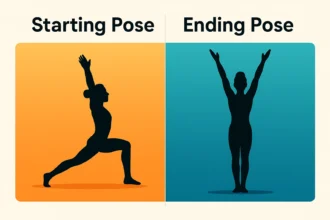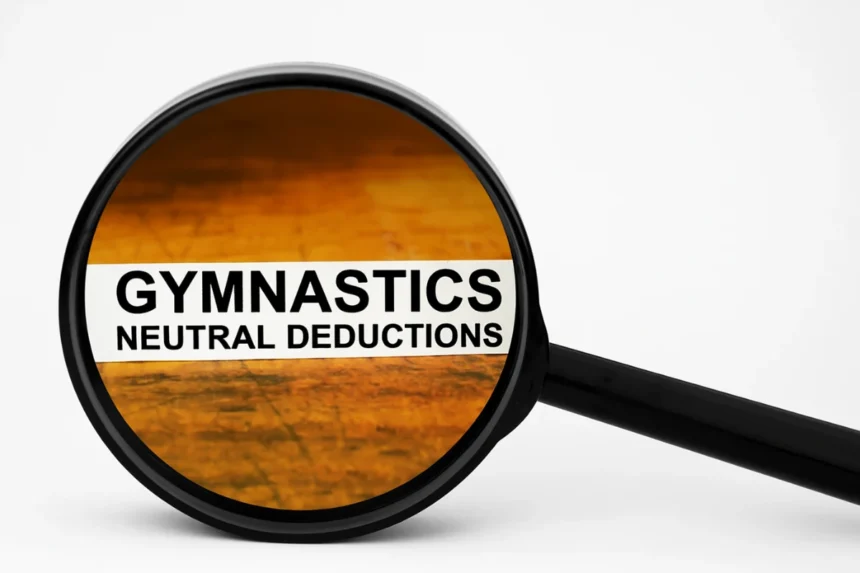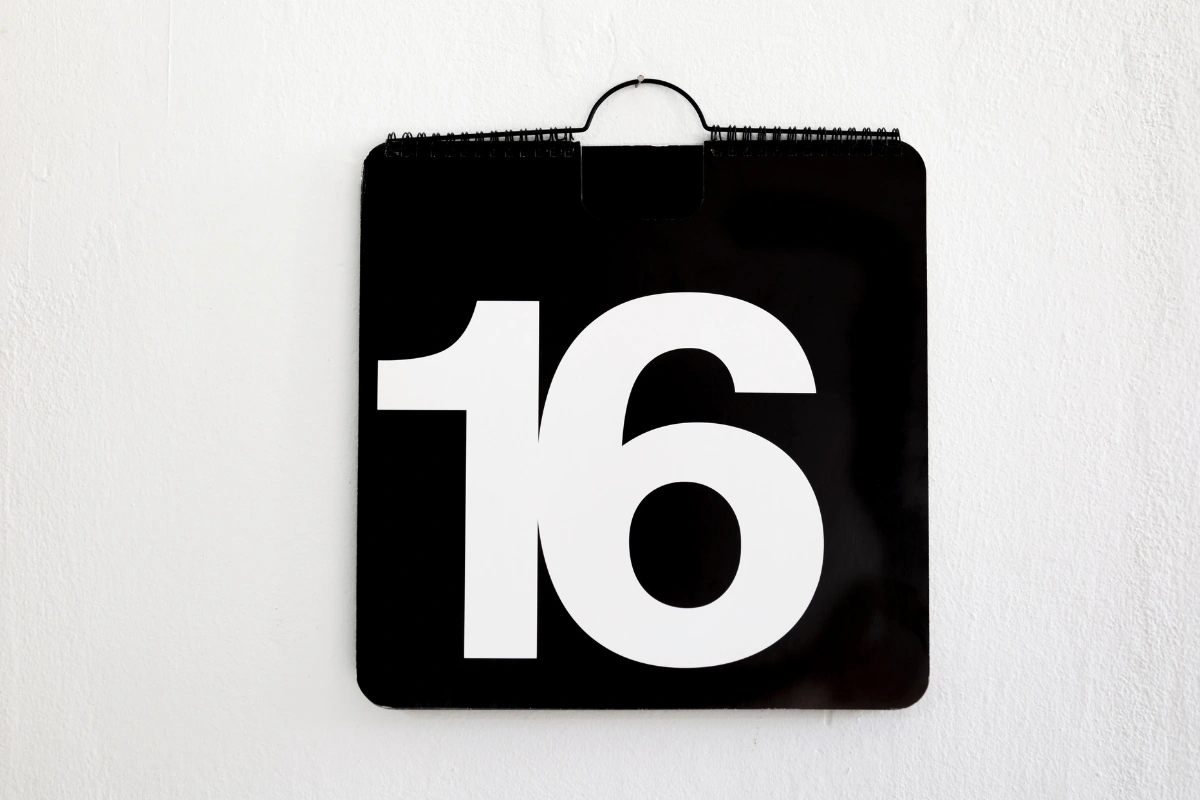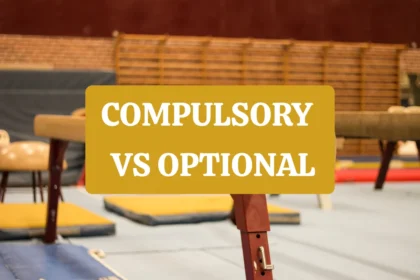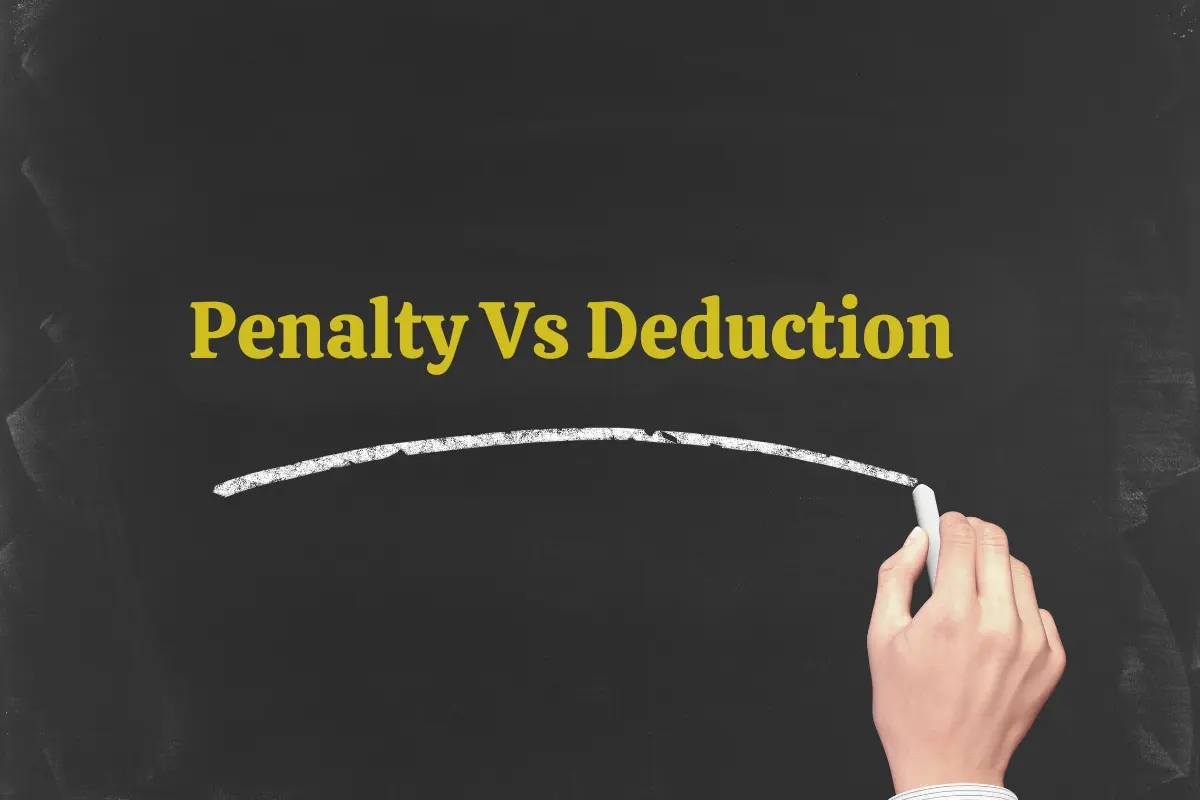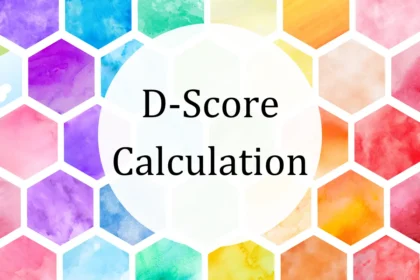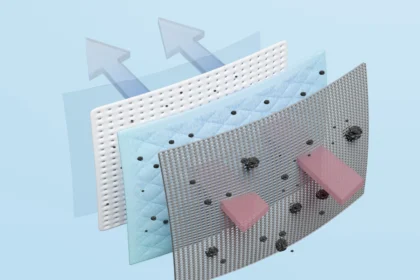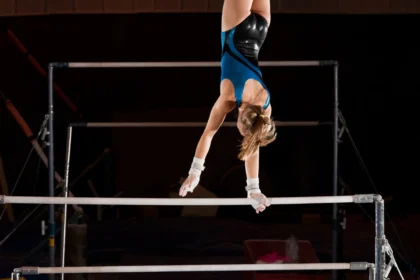In gymnastics, not all deductions come from how a skill is performed. Some point losses happen after the routine is complete, regardless of how clean or difficult the performance was. These are called neutral deductions, and they’re tied to rules and procedures, not execution or difficulty.
Unlike form breaks or missed elements, neutral deductions are administrative penalties. They’re applied after the judges calculate the D-score and E-score, and they don’t affect the start value of the routine. Neutral deductions are usually assessed by the Chief Judge (or Meet Referee in domestic events), and they appear as a minus sign next to the final score.
Here’s a breakdown of the most common neutral deductions used across FIG artistic gymnastics competitions from 2025 through 2028, along with updates and clarifications for this cycle.
1. Stepping Outside the Boundary Lines
Gymnasts are expected to stay within marked boundaries during floor and vault landings.
- −0.10 for one foot or hand out of bounds
- −0.30 for both feet, the full body, or equipment stepping outside the line
2025 Update: For vault landings, stepping off the mat entirely now triggers an additional −0.30 deduction, separate from the out-of-bounds penalty. These deductions can stack, making vault landings especially critical for clean finishes.
2. Exceeding the Exercise Time Limit
Each routine has a strict time limit. Going over it leads to automatic deductions:
- −0.10 if the routine exceeds the limit by up to 5 seconds
- −0.30 if it runs longer than that
2025 Update: In Men’s Artistic Gymnastics (MAG) floor routines, new buzzer cues have been introduced.
- First buzzer: at 60 seconds
- Second buzzer: at 70 seconds
If the gymnast is still performing when the second buzzer sounds, the full −0.30 deduction applies.
3. Routine Too Short or Music Too Long
Time minimums matter, too.
- −0.30 if a beam routine is under 30 seconds
- −0.30 if women’s floor music runs over 70 seconds
These rules help maintain minimum performance standards and make sure routines don’t become either rushed or overly drawn out.
4. Coach Interference or Assistance
Coaches must stay off the floor and remain silent during routines unless authorized.
- −0.20 deduction for any of the following:
- Stepping onto the podium or into the performance area
- Giving verbal or visual cues during the routine
- Throwing a mat mid-routine without permission
- Spraying water or chalk on bars while the gymnast is still on them
2025 Update: A new clause now penalizes spraying chalk or water during the bar routine, aligning with USAG and Xcel rule changes.
5. Improper Attire, Jewelry, or Missing Bib Number
Gymnasts are expected to wear correct, matching attire according to FIG guidelines.
- −0.30 for:
- Wearing unauthorized clothing (e.g., shorts when not allowed)
- Competing with loose jewelry or accessories (now includes smartwatches)
- Missing competition numbers (bib)
Uniformity and safety are the focus here—so attire checks are taken seriously at all levels of competition.
6. Competing Out of Draw Order (Team Error)
If a gymnast competes out of order due to a team’s administrative mistake, the penalty affects the team—not the gymnast.
- −0.10 deduction from the team total
Clarification: This penalty is only applied once per meet per team, not for each gymnast who may be affected.
7. Unsportsmanlike Conduct
Judges may issue formal warnings for disrespectful behavior from gymnasts, coaches, or team officials.
- Yellow card = −0.30 deduction
- Red card = −1.00 deduction
- Red card also results in forfeiture of any medals won on the affected apparatus
This rule reinforces the importance of respectful conduct throughout the competition.
Common Neutral Deductions (2025–2028 Code):
| Infraction | Deduction |
|---|---|
| Step or land out of bounds (per step) | –0.10 |
| Exceeding time limit on beam/floor | –0.10 |
| Incomplete use of four corners (WAG floor) | –0.30 |
| Starting late after signal | –0.30 |
| Coach on floor outside spotting zones | –0.30 to –0.50 |
| Coach touches gymnast during routine | –1.00 or void score |
| Incorrect attire or jewelry | –0.10 |
| Extra mat or board use not allowed | –0.30 |
| Exceeding warm-up time | –0.30 |
Source: static.usagym.org, gymnastics.sport
Apparatus-Specific Neutral Deductions (2025–2028 FIG Code)
Below is a quick-scan reference to the neutral deductions that apply only to specific apparatus under the 2025–2028 FIG Codes of Points.
Floor Exercise (WAG & MAG)
In both women’s and men’s artistic gymnastics, gymnasts must start from or travel toward each of the four corners at least once during the routine.
Failing to do so results in a –0.30 neutral deduction, taken once per routine. Additionally, in men’s floor, repeating the same diagonal three times in a row now triggers an automatic –0.30 penalty, replacing the prior warning system. Women’s floor also penalizes more than two passes on the same diagonal.
Source: ngja.org
Vault (All Disciplines)
If a gymnast performs a second run-up (balk) when only one vault is required, a –1.00 deduction is applied. A third approach is not allowed and would result in no vault score.
This is one of the most severe neutral deductions and underscores the importance of readiness at the vault table.
Source: FIG WAG Code of Points 2025–2028
Uneven Bars
In women’s gymnastics, after a fall from the uneven bars, the gymnast has 30 seconds to remount. Exceeding this time limit results in a –0.30 neutral deduction. This ensures routines move efficiently while giving gymnasts a fair but firm recovery window.
Source: FIG WAG Code
Balance Beam
Similar to bars, the beam enforces a strict 10-second limit for remounting after a fall. Going beyond that time results in a –0.30 deduction, taken once. This shorter window reflects the beam’s smaller scale and higher pacing.
Source: FIG WAG Code
Parallel Bars (Men’s Artistic Gymnastics Only)
During warm-up, male gymnasts on parallel bars are allowed a single podium “touch warm-up” of no more than 50 seconds. Exceeding that time results in a –0.30 deduction, regardless of whether the gymnast is finished preparing.
Source: FIG Technical Regulations 2025
Skill Cushions Covering Boundary Lines (All WAG Apparatus)
At many meets, coaches place skill cushions at the end of the beam or bars to soften landings.
If those mats cover a floor boundary line without a clearly visible mark (like tape or chalk), the gymnast receives a –0.10 deduction each time. This small penalty adds up and can be easily avoided with proper equipment setup.
Source: USAG Xcel Code of Points
How to Use This Information
- These deductions are applied after D- and E-scores are finalized.
- They are non-negotiable—no inquiries or score reviews can reverse them.
- They stack with other neutrals: a single routine can accumulate multiple neutral deductions for separate violations (e.g., a –1.00 vault balk plus a –0.10 attire violation = –1.10 total).
- If an apparatus isn’t listed here, then only universal neutrals (e.g., out-of-bounds, attire infractions, early/late starts) apply.
Final Tip:
In elite gymnastics, saving a –0.30 penalty is often more valuable than adding a risky B- or C-level skill. Knowing these apparatus-specific rules can help coaches and gymnasts maximize scores without increasing difficulty.


